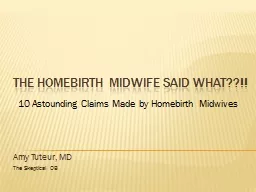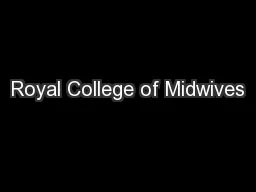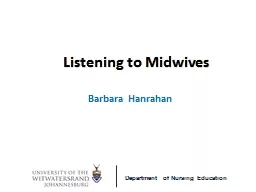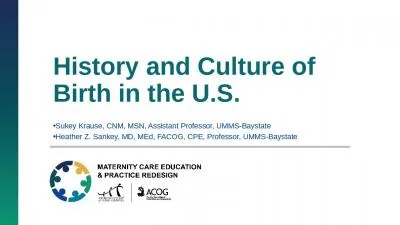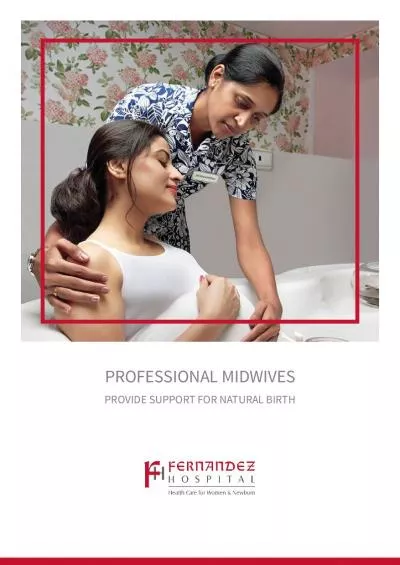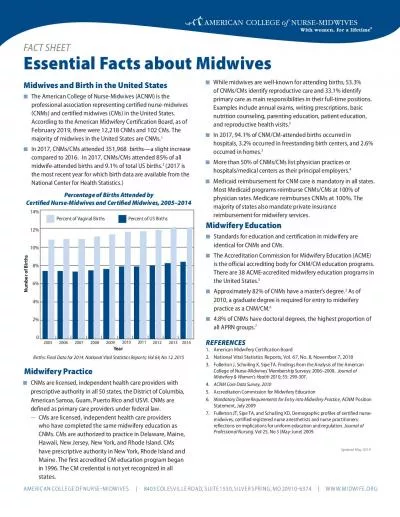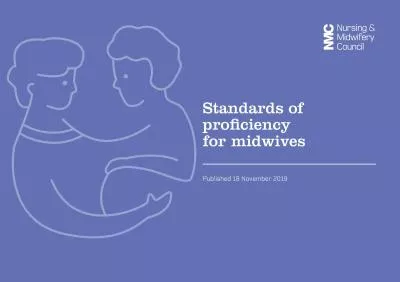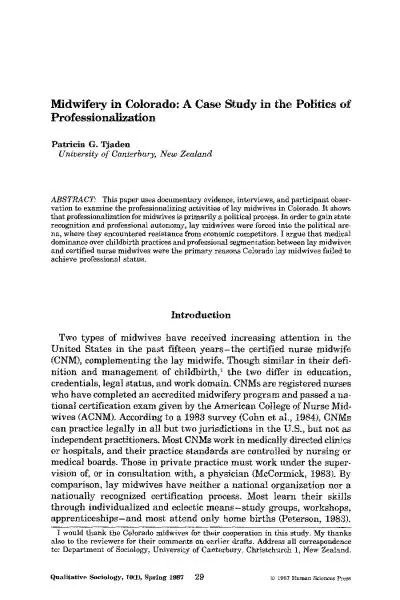PPT-‘Women and Midwives.. together we’re strong”
Author : tatiana-dople | Published Date : 2016-05-06
Midwifery Led Care Astrid Osbourne Consultant Midwife amp Supervisor of Midwives SRNSCMPG Dip Professional Studies MSc Advanced Midwifery practice Post Grad
Presentation Embed Code
Download Presentation
Download Presentation The PPT/PDF document "‘Women and Midwives.. together we’r..." is the property of its rightful owner. Permission is granted to download and print the materials on this website for personal, non-commercial use only, and to display it on your personal computer provided you do not modify the materials and that you retain all copyright notices contained in the materials. By downloading content from our website, you accept the terms of this agreement.
‘Women and Midwives.. together we’re strong”: Transcript
Download Rules Of Document
"‘Women and Midwives.. together we’re strong”"The content belongs to its owner. You may download and print it for personal use, without modification, and keep all copyright notices. By downloading, you agree to these terms.
Related Documents


